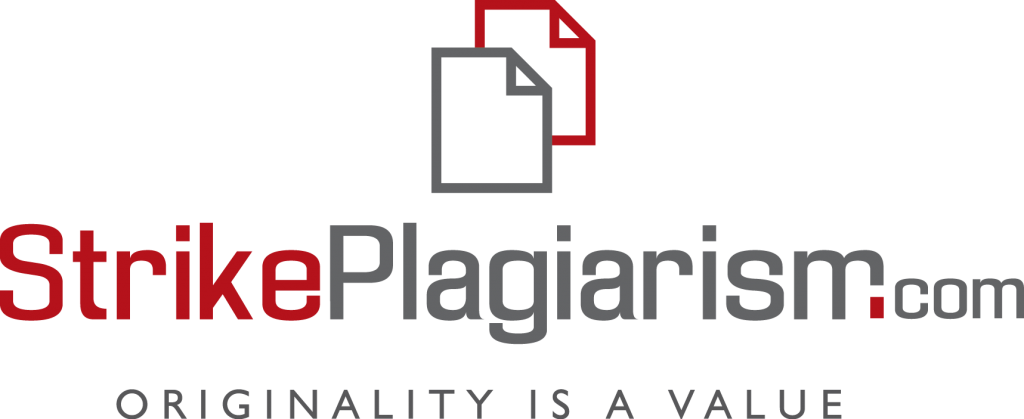Increasing the profitability of the agricultural market by optimizing grain transportation
DOI:
https://doi.org/10.26906/еір.v0i2(89).2940Keywords:
profitability, model, row, optimization, hopper-dispenser, grain, grain cropsAbstract
Goal. Finding opportunities to optimize each model series of hopper dispensers, intended for profitable transportation of grain and grain crops, in the conditions of globalization of the agricultural market and intensifying competition in the railway rolling stock market. Methodology. The sequence of solving the one-dimensional problem of substantiating the optimal model series and approaches to clarifying the results in complicated conditions related to the unification of products for the specialization of each division of the appropriate level in the performance of a narrow range of functions regarding the organization of production for the introduction of innovations regarding the special shape of the body of hopper cars for transportation of grain and grain crops. The results. The components of the calculation of costs for development, testing and production and the cost of production of new products are considered, as well as the value of the optimal range of modifications of hopper-dispensers for grain and grain crops. The sequence of creation of flexible production systems as an innovative leap in the development of hopper wagons for grain transportation for the introduction of innovations while increasing production volumes is presented. Novelty. The scientific approaches to determining the essence of the product range are generalized by means of a critical understanding of the process of expanding the range of products with the aim of using excess production capacities while satisfying the needs of consumers more fully at the same time. Practical significance. To meet the growing needs of consumers, a justified line of modifications of hopper dispensers for grain and grain crops with a special body shape. Work was carried out to eliminate gaps both in the assortment and in the depth of the product range of hopper wagons. In the conditions of large-scale production, subject-specialized lines with rigid and flexible connections have been created. The technological process of manufacturing welded structures of hopper cars provides for both differentiation and concentration of the operations performed, taking into account the rhythm and cycle of the entire production process. The production of transverse beams is carried out on semi-automatic one-piece direct-flow lines with flexible connection to several workstations.
References
Antoniuk L.L., Poruchnyk A.M., Savchuk V.S. (2003) Innovatsii: teoriia, mekhanizm rozrobky ta komertsializatsii [Innovation: theory, mechanism of development and commercialization]: monohrafiia. Kyiv: KNEU. 394 p.
Bezchasnyi L.K. (2000) Innovatsiina skladova ekonomichnoho rozvytku: monohrafiia [Innovative component of economic development: monograph]. Kyiv: Instytut ekonomiky NAN Ukrainy. 394 p.
Mobility Strategy. A fundamental transport transformation: Commission presents its plan for green, smart and affordable mobility. Available at: https://ec.europa.eu/transport/themes/european-strategies/white-paper-2011_en. (accessed April 29, 2023)
Burdeniuk-Tarasevych L. (2010) Pshenytsia: hlybyna henetychnoho potentsialu. Zerno, No. 4(48), pp. 49–51.
Halchynskyi A.S., Heiets V.M., Kinakh A.K., Semynozhenko V.P. (2002) Innovatsiina stratehiia ukrainskykh reform. Kyiv: Znannia Ukrainy. 326 p.
Dorozhkina H.M. (2016) Orhanizatsiini aspekty innovatsiinoi diialnosti pidpryiemstv vahonobuduvannia. Visnyk Khmelnytskoho natsionalnoho universytetu: Ekonomichni nauky. Khmelnytskyi: KhNU. No 5, T.1 (240), pp. 56–60.
Dorozhkina H.M., Buriak E.V. (2018) Innovatsiini pidkhody shchodo tekhnichnoho pereozbroiennia vyrobnytstva dorozhnoi tekhniky. Visnyk Kremenchutskoho natsionalnoho universytetu imeni Mykhaila Ostrohradskoho. Kremenchuk: KrNU. Vol. 2/2018 (109), pp. 119–124.
Dorozhkina H.M., Khomenko L.M. (2012) Optymizatsiia riadu modyfikatsii vahoniv-khoperiv dlia zerna i zernovykh kultur. Visnyk Khmelnytskoho natsionalnoho universytetu: Ekonomichni nauky. Khmelnytskyi: KhNU. No. 4, T.1 (190), pp. 262–269.
Gogol T.V. (2017) Public administration of the development areas Ukraine. Regional Formation and Development Studies, No. 1 (21), pp. 43–52.
Lavrinenko N.M., Latynin S.M., Fortuna V.V., Beskrovnyi O.I. (2010) Osnovy ekonomiko-matematychnoho modeliuvannia: navch. posib. [Basics of economic and mathematical modeling: teaching manual]. Lviv: «Mahnoliia 2006». 540 p.
Goldsmith R. (1969) Financial structure and development. Goldsmith R. Vale University Press: New Haven. 561p.
Yohn, T.L. (2015) Research on the use of financial statement information for forecasting profitability. Accounting & Finance.
Cakici N., Chatterjee S. & Tang Y. (2017) Alternative Profitability Measures and Cross Section of Expected Stock Returns: International Evidence.
Ball Ray, Joseph Gerakos, Juhani Linnainmaa and Valeri Nikolaev (2016) Accruals, cash flows, and operating profitability in the cross section of stock returns. Journal of Financial Economics, No. 121, p. 31–47.
Srivastava A. (2014) Why have measures of earnings quality changed over time? Journal of Accounting and Economics, No. 57, p. 196–217.










